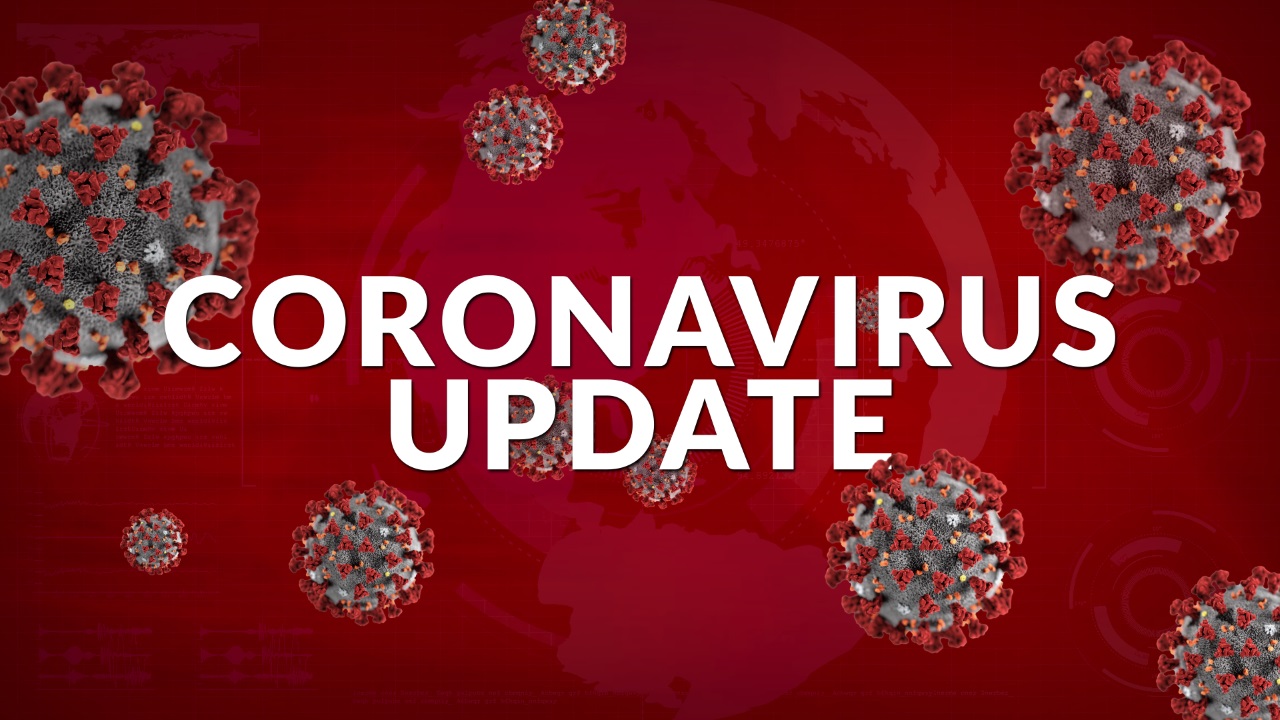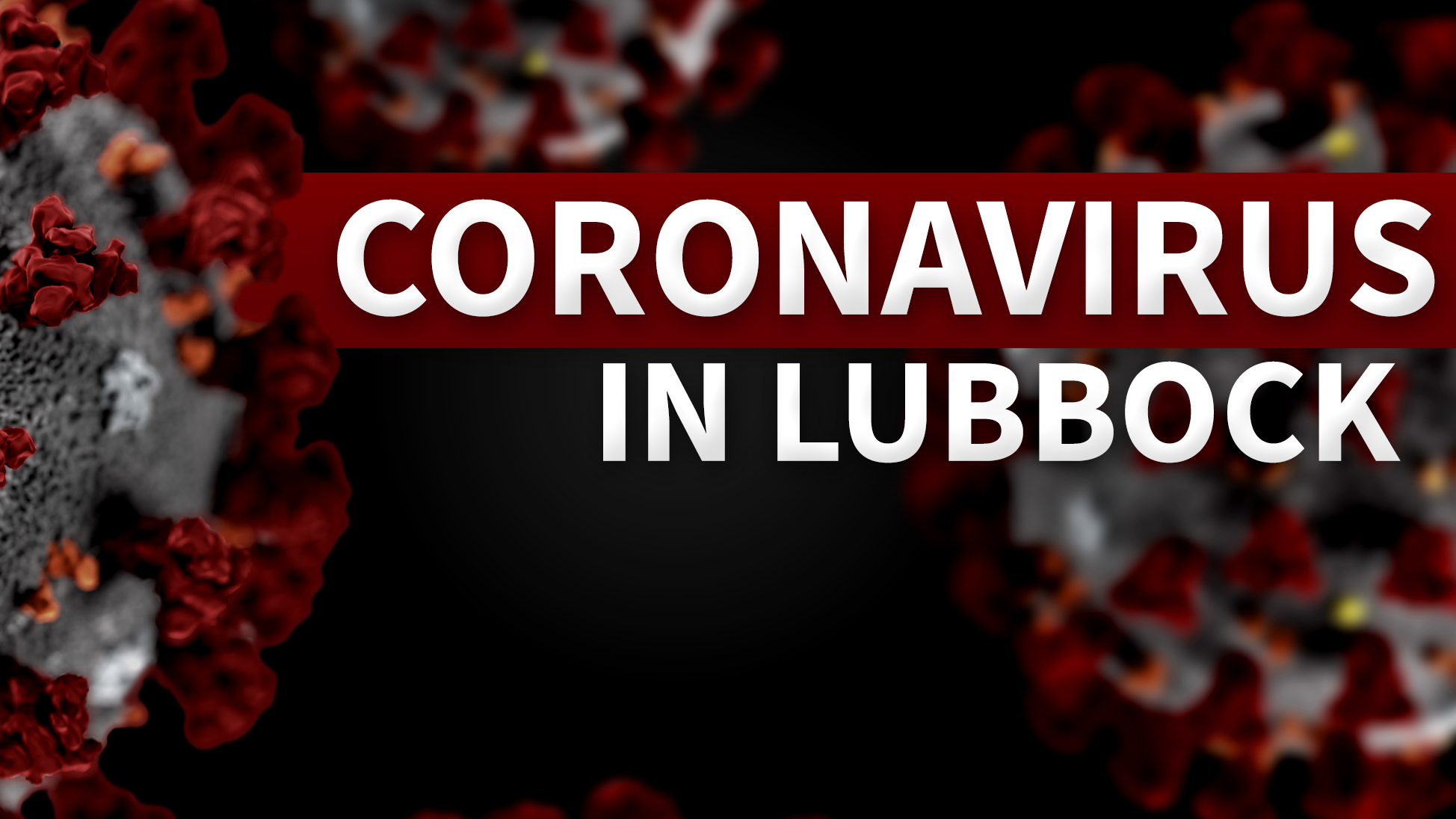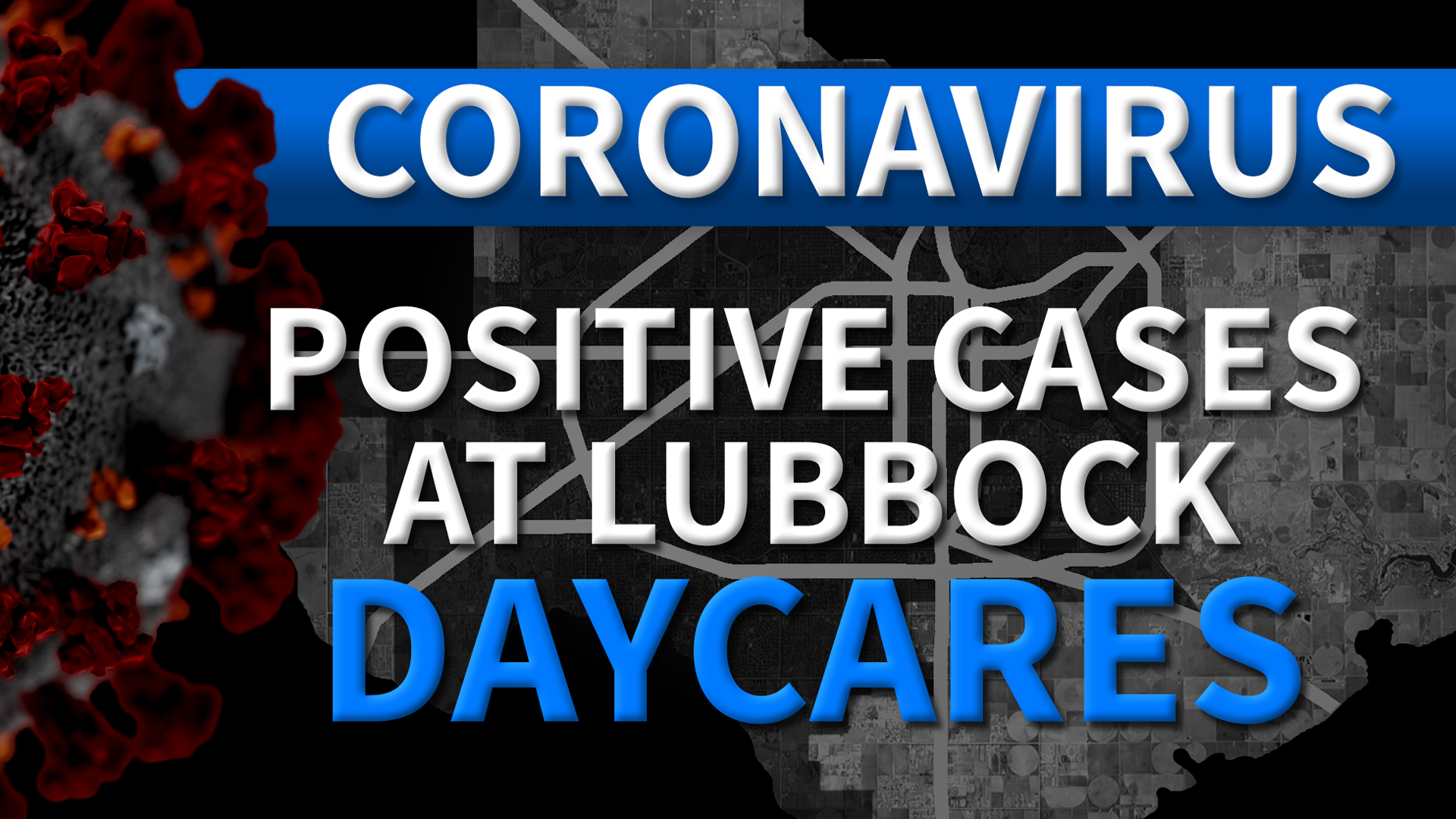Texas physicians now have voluntary guidelines to follow when working with opioids in the emergency department.
“There’s been kind of a long-standing history of emergency departments both over treating and undertreating pain,” Dr. Christopher Ziebell, emergency department medical director at Dell Seton Medical Center, said.
“It helps to have guidelines to make sure we get that right, because obviously, if you’re a person who is susceptible to an opioid addiction or you have an opioid addiction, that’s a medical diagnosis and we need to not be making that worse by adding opioids to the equation.”
The Texas Hospital Association formed the guidelines with help from its behavioral health council, hospital physician executive committee and quality and patient safety council.
“Our doctors that we worked with in this process were pretty clear they felt that the hospital emergency department is an acute pain situation,” Sara Gonzalez, vice president of advocacy and public policy, said.
One of the recommendations includes having emergency departments develop a protocol when treating pregnant and post-partum women at risk for developing a substance use disorder or who have an active substance use disorder.
Dr. Laura Downing from Austin OBGYN Associates said most of the women coming through her office aren’t showing signs of conditions that would require long-term use of medications during pregnancy. Downing said aches and pains are often normal during a pregnancy and their office encourages women to use other tools such as heat, therapy or yoga to avoid the use of medications.
“There are times when appendicitis, pancreatitis, gall bladder disease or kidney stones, things like that, where an opiate may be needed to treat acute or short-term pain in pregnancy and the risk of that is relatively low,” she said. “It’s not frequently that we have indications to use these medications long term.”
Dr. Ziebell said their physicians are notified by their partners if a woman could be at risk for substance use problems early in her pregnancy.
“As part of the prenatal care programs, especially the ones through the community supported clinics, women early in their pregnancy are getting tested for substance abuse issues,” he said. “What that allows us to do is enter them in our program which is our High Alert Program, which allows us to develop individualized care plans for specific patients.”
Other recommendations include:
• Adopting a multi-modal non-opioid medication model for acute pain management treatment;
• Prescriptions for opioids should be written for the shortest duration possible, usually no more than three to five days, unless the diagnosing physician feels more are needed based on the patient’s diagnosis; and,
• A system should be put in place to contact the patient’s primary care provider, to notify them of the visit and the medication prescribed.
Use of the Texas Prescription Monitoring Program by emergency department providers is also encouraged. Ziebell said their doctors are constantly reminding patients the emergency department is only there to help with short-term issues.
“I think that we need to be able to have an artful way of saying no when it’s in the patient’s best interest to do that,” he said.
Gonzalez said these guidelines are written in a way where hospitals can adjust them to fit their community’s needs. The Texas Hospital Association consulted other associations and studied the work happening in other states before rolling out these recommendations.
“Texas is so big and so diverse that what works in an urban area may not work so well in a rural area, so we like to think that these guidelines can really allow that innovation at the local level,” she said.
She hopes the work to curb the opioid epidemic doesn’t end here.
“We don’t pretend these guidelines are the solution,” she said. “It’s a tool in the toolbox. It’s a piece of the puzzle.”



























